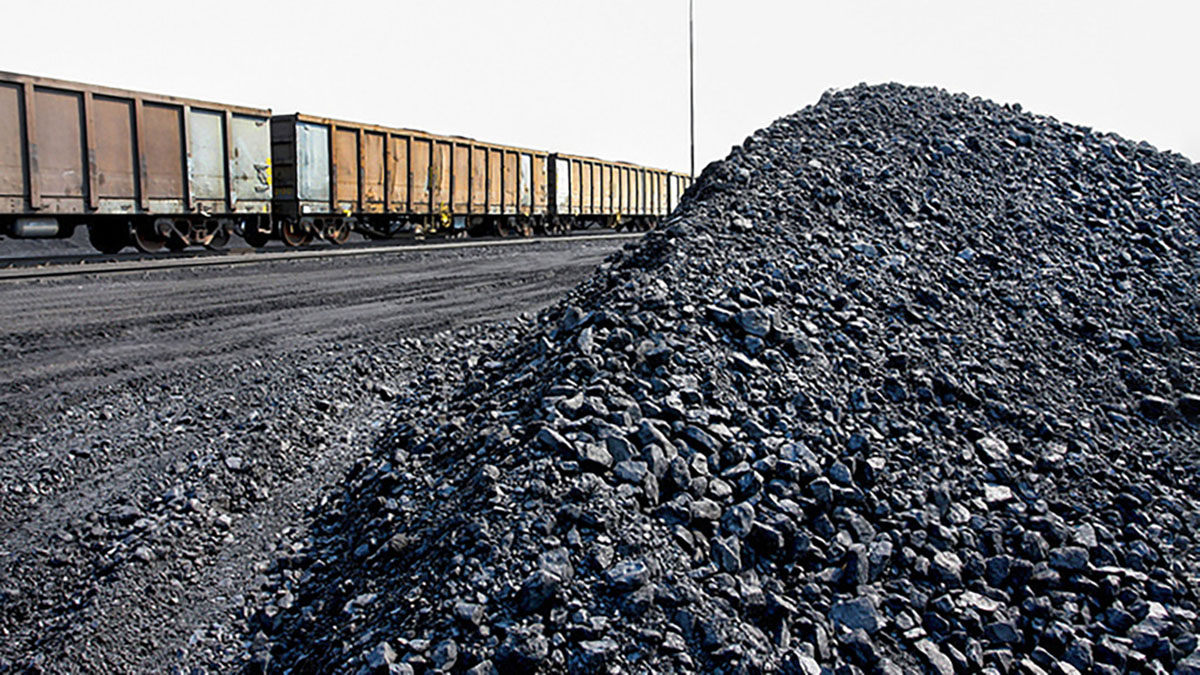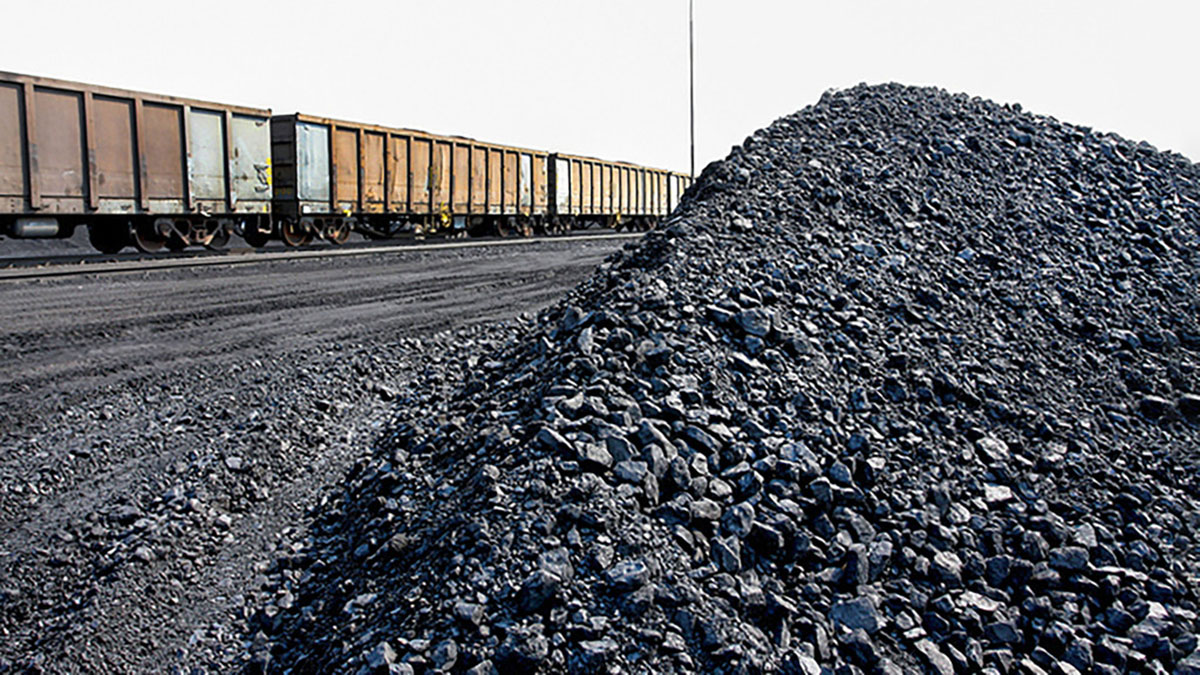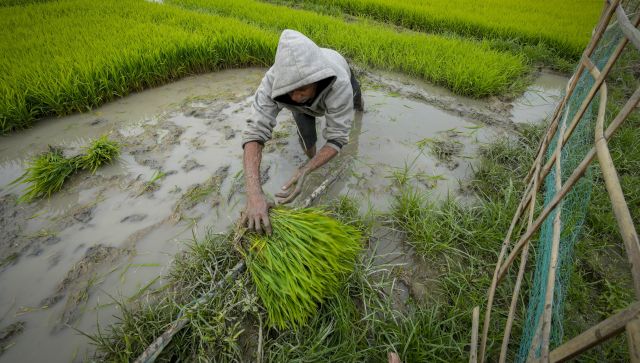(Editor’s note: Starting 21 May 2017, we’re featuring a fortnightly column by Mridula Ramesh, titled ‘Climate Conversations’. In this column, we’ll be looking at pressing issues pertaining to climate change — in an accessible way.)
Summer is a supercharged time in the South. For one, its hot. The one degree of global warming is palpable in May, where the temperature often skips above 40°C. For another, it is dry. The past year has been one of the driest in the past 140 years.
In Madurai, we have our biggest festival of the year where a local deity, Alagar, enters the river Vaigai, with hundreds of thousands of devotees swaying to witness this grand show.
This year there was a small catch: there was no water in the river. There is a river bed where buffalos graze and small streams of pure sewage flow, but the river per se died a while ago.
Oops.
There have been many attempts to rejuvenate this river. Thus far, they have all failed.
Why? The answer is in a word — equilibrium, and its better-known partner — inertia. The classic definition of a stable equilibrium is “a state in which a body (or state or country) tends to return to its original position after being disturbed”.
It helps if we have an example.
The district of Alwar in Rajasthan is water-stressed, receiving less than 650 mm of rainfall in a year, most of which falls during the Southwest monsoon. The region is also amongst the hottest in India: Alwar held the (record for) “hottest temperature recorded in India” for decades until it was eclipsed by another town in Rajasthan in 2016. As is common in such places, much of the rain either runs off or evaporates, leaving the land parched and dry for most of the year. About 30 years ago, in the 1980s, the situation was so bad, that it appeared as though the region was going to become one of India’s first “climate victims”, falling prey to the heat and drought.
But the situation was not always so. Alwar had a rich history of water conservation embodied in its “Johads” — crescent-shaped earthen dams that checked the flow of water and allowed the rainwater to percolate into the soil below and replenish underground aquifers. In a dry area, the sensible thing is to store water underground, safe from the grasping heat of the sun.
The region also had dense forests: the trees and Johads worked together to trap and store the precious rainwater. Johads tend to be big — the smallest being half an acre in size. As such, they need a village to build and maintain them. In older times, the system was self-sustaining: The king would pay to build and maintain the Johad and enforced rules on not encroaching on forest lands. In turn, the villagers would pay him a share of their crops. The forests provided hunting opportunities for the king while the king protected the forest. The depredations the villagers made on the forest were of the sustainable sort.
Alwar existed in a stable equilibrium, where even if there was a drought, the Johad’s and the forests made it possible for water to be stored underground. Because of strong communal interdependencies, all villagers stuck to sensible crops for the region, and the king was an effective disciplinarian who maintained the Johads. The community, the Forests, the Johads, the choice of crops, the king all worked together and reinforced one another. Equilibriums are maintained by such reinforcing activities that fortify status quo.
But then came the disturbance.
During World War II, the British pressurised India to provide timber for their war efforts. The deforestation pressures continued to mount after Independence when a newly created nation wanted wood for its railways and for charcoal.
The first effects of this deforestation soon showed up. Without the stabilising influence of the trees, the rain carried away the top soil and dumped it on the Johads, silting them up. Without the well-functioning Johads, water levels began to fall. There was no king to pay for maintenance. Moreover, technology reared its disruptive head. In the ’50s, the tube well came to Alwar. Instead of the laborious work of communally maintaining the Johad and strict rules on water use, now water was available at the flip of a tap. Here was a machine that could deliver water at a flip of a switch, why worry about desilting Johads? But soon, the water began to recede deeper and deeper, and the machines took more and more power to deliver too little water, until finally, well after well began to run dry.
The earlier equilibrium was broken. The new one left Alwar shattered.
The young men of the village began to emigrate in search for work while the women had to travel farther and farther away to find water for their homes. The very real question became: would Alwar become the first climate victim of India?
But then there was another disturbance — this time of the positive kind.
In this bleak scene, a group of idealistic young men came to Alwar. Like many angry young men, they were fired by a desire to “do something to help”. Leading them was 28-year-old Rajendra Singh, a qualified Ayurvedic physician. But strangely enough, he found the villagers to be unresponsive. Indeed, some villagers thought the young men were up to no good at all and wanted them to leave. Singh was disappointed — after all, they had come to the village to help! Just as he was about the give up, Mangu Ram Patel, an elder of Gopalpura told him bluntly: “Talk less, dig tanks and build Johads to get results”. Another villager, Nathi Bhalai was even more blunt: “You fool! You have not understood what is needed. You need to build talabs so that the water does not run off”. Thus, it came to be that Rajendra Singh and Nathi Bhalai took up spades and began to create a Johad in Gopalpura village in 1985. Others watched them, first in curiosity, then to heckle and finally to help. After several months, the Johad was completed and the men sat down and waited for the monsoon.
The rain gods did not disappoint.
By the end of the monsoon, the pond behind the Johad was full.
Surprisingly, so was a neighbourhood well that was not connected to the pond.
The members of Tarun Bharat Sangh, the organisation Singh began, held a Pani Yatra (or a march for water) through the nearby village. The villagers of Bhaonta-Koyala were envious: Their wells lay dry and their women had to walk a long way to fetch water, while nearby Gopalpura had water in its wells year-round.
Envy is a powerful tool. What was the secret in Gopalpura?
TBS offered to share the secret if the villagers undertook the labour. There was no other alternative: there was no groundwater. Thus, the communal interdependency was built again. In village after village, Johad after Johad was repaired and renewed. Unsurprisingly, water levels went up. Soon, the villagers began to reforest the land around the Johads. They had tasted the wonders of the Johad, and knew that by planting forests, the Johads would not silt up so frequently, nor would the rain evaporate so quickly. The Johads and the forests grew side by side as in the old days. The equilibrium had begun to shift again.
Then, almost a decade after the first Johad has been renewed, a miracle occurred. The Arvari was a seasonal stream in the region that flowed briefly for a few weeks in the monsoon. In dry and hot areas, river replenishment happens through underground water flows. As the Johads replenished the ground water in the upper catchment areas of the river and the forests prevented runoff and evaporation, the river turned perennial and was newly reborn. There was now a new stable equilibrium.
Many men returned to their villages to farm, now that there was water available. Women and girls were spared the long trek to gather water, and more girls began to go to school. The water level increased and the increased soil moisture allowed farmers of the region to go for more croppings in a year.
But then, another disturbance occurred.
A perennial river meant fish. The state government gave the fishing rights of the reborn river to a private entity. The villagers were aghast. Was this a beginning of a new kind of end? To manage the common fruits of their success, the villagers created the “Arvari Sansad” or a Parliament for the river Arvari in 1999. With representatives from 72 villages in it, the Arvari Sansad frames the rules of engaging with this common resource. For a water-conservationist, it reads like a dream. There are provisions for the type of crops allowed, grazing rights, and borewell rights (they are not allowed). Industrial units are also not allowed. The focus of the rules is to maintain the equilibrium of a community-managed, sustainable agro-based economy.
A key determinant of success was the choice of who sat on the parliament. Rajendra Singh told me that those who contributed to the river’s rejuvenation directly sat on the parliament. Communal surface water management worked here because all contributed to the creation and maintenance of the water resource — they had directly expended resources and therefore had “skin in the game”.
Second, because the people in the area still remembered what happened when groundwater was abused, they understood what the disturbance of the equilibrium would mean. Lastly, any flouting of the rules, would evoke communal punishment. For instance, if anyone tried to drill a borewell, their neighbours would alert the villager leadership, and a group would be sent to “block the borewell.”
Success has not been easy to come by. The “parliament” has no legal standing and rules solely by moral authority. But because of communal interdependency, there is extra bite to the authority. There is one more contributor to the success of the Johad: the water from the borewells in Alwar is often contaminated with Fluorides or other salts, making the water from the Johad the preferred source.
“Come see” says Rajendra Singh “You cannot see a single field with sugarcane, paddy or any water-intensive crop”. And they are thinking ahead. The next generation will not remember a time when the borewells ran dry. They do not have skin in the game as they did not rebuild and create hundreds of Johads, nor did they nurture the forests. So, the members of Tarun Bhagat Sangh spend their time educating the children and trying to imbue them with a link to the Johad, the forest and the community. This is a critical step in maintaining the equilibrium.
Coming back to South India and its drought.
Let us look at Madurai.
Most people do not have a clue as to how much water they consume for one very simple reason: there are very few working meters here. As a result, a large chunk of water is lost to leaks (A conservative estimate in a World Bank study puts this number for Indian cities at 30-40 percent). Large sections of the city do not pay for the water — as a result the equilibrium is tilted towards water profligacy. There is the water mafia as well — the tanker operators who sell water at high prices to the masses who do not have access. Almost every person I have met in the past few months has been buying water in Madurai.
Farmers grow paddy (a water-loving crop), drawing water with pumps when they can, when the power comes, and if the water is there. Electricity for farming is free, which does not support sustainable water use in farming. And this is important because, most estimates have agriculture using between 80-90 percent of water used. Thanks to an unpredictable power supply, Farmers have little control over when and how long the pumps will run, and because of the free electricity, they have little interest in controlling its usage. After all, the water stores lie deep underground and they have lasted until now.
And the climate is playing truant. A quick look at 100-year rainfall data (See Figure 4) suggests that the worst is yet to come. When we look at annual rainfall data culled from IMD data and data from the Tamil Nadu Agricultural university, we see that annual rainfall began to fall about 35 years ago and there is no hint of the stemming of this tide.
So, we have a crisis on our hands. And crises tend to be great opportunities to change the status quo because the population tends to be desperate and willing to change. This is rare. And such opportunities should not be wasted.
But what have we got?
Three obvious measures to tilt the equilibrium towards one that favours sustainable water use include universal metering, a universal (but differentiated) water price (including priced electricity for farming) and communal ownership of groundwater. Each of these would encourage sustainable use of water. Farmers and low income users could pay a lower price and with the Direct Benefit Transfer scheme gaining traction, the government can ensure a basic refund goes to the neediest families, so that they are not out-of-pocket when using water carefully.
Rajendra Singh is not a capitalist — far from it. Even he agrees “Water needs a price. Thirty years ago, I thought ‘Water is Nature’s gift to my life. I don’t pay a price.’ After 30 years [now I say>, water needs a price. We are using water in a different lifestyle. Water needs some treatment. Water needs management. Water needs distribution. Without a water price our future is not safe.”
Many experts talk about increasing the penetration of drip irrigation in agriculture. Even in states like Tamil Nadu, where subsidies make the drips almost free for small farmers, the take-up is not spectacular. Why? Drips need maintenance. Rodents bite the tubes, there could be some debris that blocks the drip, meaning the farmer will have to regularly spend time and effort to check, clean and fix the drips. Why would the farmer incur a cost to save a commodity that is free?
Headlines and experts bemoan the existence of the water mafia. Why is there no water mafia in Singapore? Because Singapore charges a high price for its water and has a pay-and-perform culture at its utilities. Everyone pays a price for their water that is transparent and fair. This allows the Singapore Water Utility to invest in top-notch facilities including a state-of-the-art wastewater recycling plant and a visitor centre to teach children (and adults) the importance of water. All of this ensure that everyone in Singapore always gets clean water at the turn of a tap. There is no room for the Mafia.
But who will invest in India’s water utilities when the finances look so poor — with little prospect of them improving? Improving water supply and defeating the water mafia means universal metering, a universal water price and a culture that rewards performance at utilities. Only then will leaks be fixed, will sources be strengthened and problems solved.
Thus far, most relief measures have been either compensation to farmers or sinking more borewells to ensure cities get their water. These are short term measures. They will not shift the equilibrium – they will only reinforce status quo.
Let us not waste this crisis. Let us use it to take our first steps into a new equilibrium.
The writer is the founder of the Sundaram Climate Institute, cleantech angel investor, and teacher. Follow her work on her website ; on Twitter ; or write to her at cc@climaction.net


)




)
)
)
)
)
)
)
)